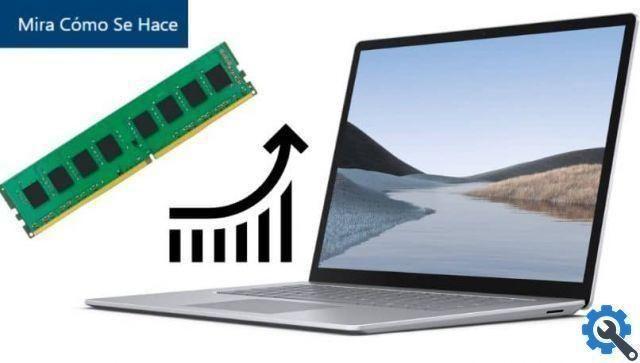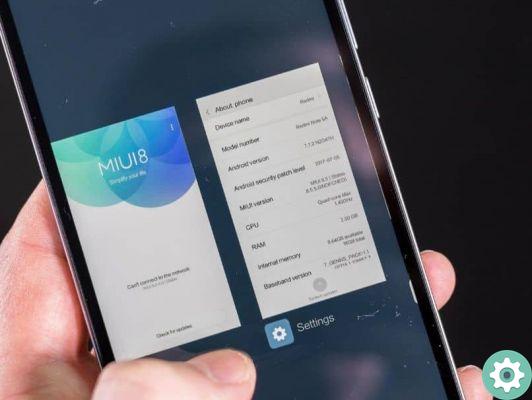This information is important to know and not only for mobile phones, this also applies to laptop screens, monitors, TVs. Since with this data we can know if the screen will offer us a good image quality. So if we can't find this data or it is very difficult for us to invest time in it, we can learn to calculate it in a very simple way.
In a previous article we showed you how you can know the size in inches or pixels of my laptop screen in Windows or Mac. But in this case we will teach you how to calculate the pixel density per inch of a screen? But starting from two data if you have to have and that is always offered by the manufacturer and that is the screen size and resolution.
How to calculate the pixel density per inch of a screen?
Unfortunately, this is data that tends to confuse users a bit, as they think that this data separately will offer them better image quality and it isn't. For example, a screen with a higher resolution than another screen. It doesn't make it any better in terms of the image, as another data has to be taken into account and this is the screen size.
How to calculate the pixel density per inch of a screen?" src="/images/posts/62a5bbeb9db113ff97bb3f3308bfee80-0.jpg">
But before we start doing the calculations we will clarify a question and it is obviously what it means density of pixel. And this is nothing more than the amount of pixels that we can find in one inch of said screen. The more pixels we can find per inch, the better the image the screen has.
And it is referred to by PPI, Pixel Per Inc. and means Pixel Per Inches in Spanish, so this value is very important to know the sharpness of the image on the screen. Ok then, taking this knowledge into account, we are going to look for two other pieces of information that are important to know the pixel density and that is the screen size and the resolution.
Calculation of pixel density
Now, with the data we can get from the manufacturer, we can realize that it offers us the screen size in diagonal. In other words, if a screen is 32 inches, it will be measured from corner to corner in a diagonal direction. And the resolution is the horizontal and vertical measurement of the screen, but this is in pixels.
So we have the number of pixel in a vertical line and the number of pixels in a horizontal line. And we have the screen diagonal measured in inches, so how do we solve this riddle. Well, by applying the well-known and feared Pythagorean theorem, if this is how you feel it and in the following example we will illustrate it to you.
This theorem tells us that the hypotenuse will be equal to the square root of the square of the opposite side plus the square of the adjacent side. Where the horizontal and vertical pixels are the legs and the hypotenuse is the diagonal. So, if we apply this theorem to a 4-inch Galaxy S5 phone, we will have that one of its legs is 1920 pixels and the other is 1080 pixels.
This will give us that the hypotenuse or its diagonal which is 5 inches has 2202.9 pixels, having this data we can solve the question of the story would be the pixel density of this screen. We just need to divide the pixel length by the inch length. In our case it would be 2202,9 pixel between 5 inches and as a result it will give us 440,59 PPI.
How to calculate the pixel density per inch of a screen?" src="/images/posts/62a5bbeb9db113ff97bb3f3308bfee80-1.jpg">
This way you can get this important data and make comparisons between different screens to know which will have the best image quality. From this we end up with this instructive guide that could teach you how to calculate the pixel density per inch of a screen.


























